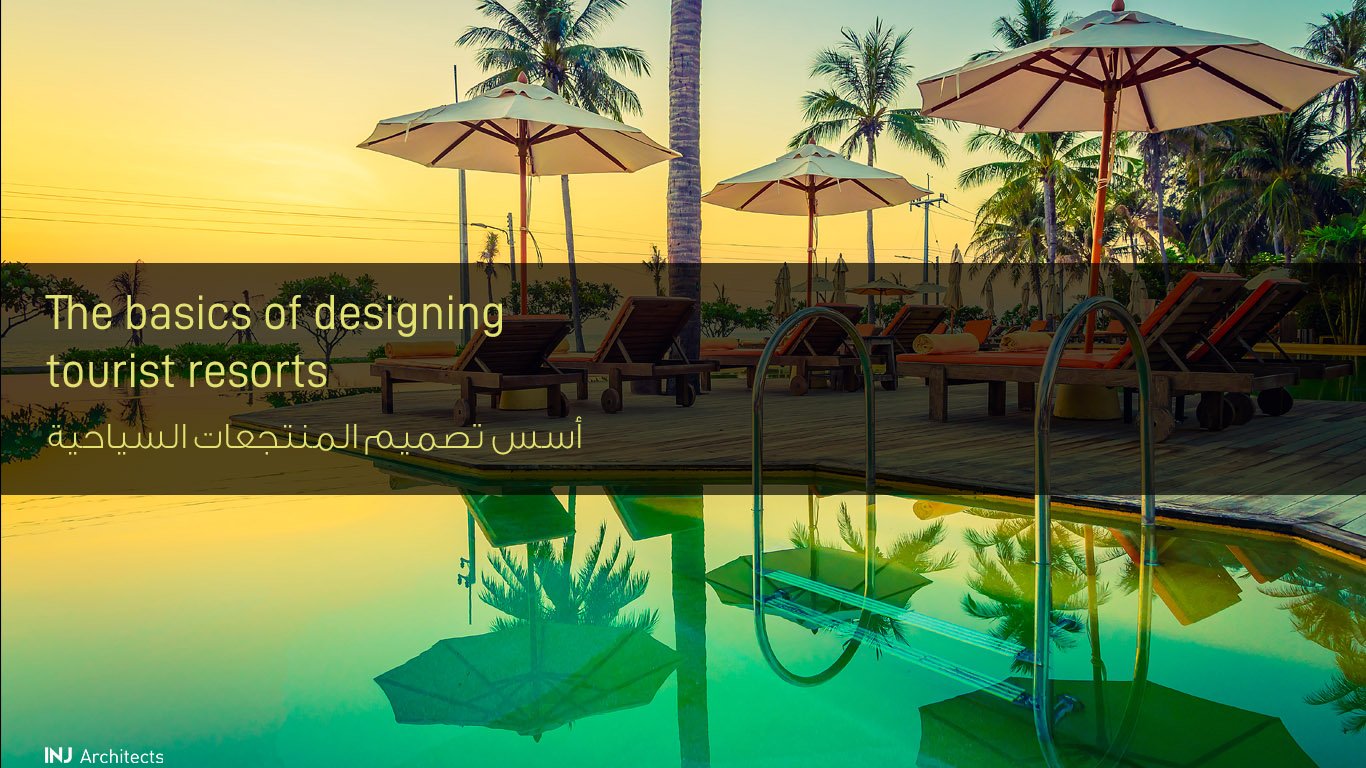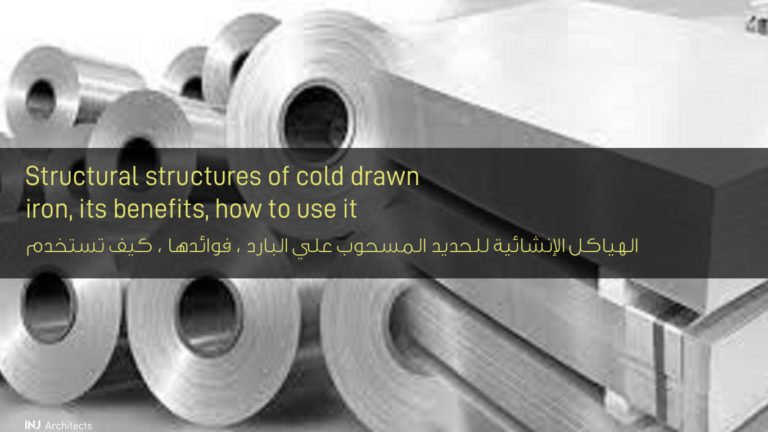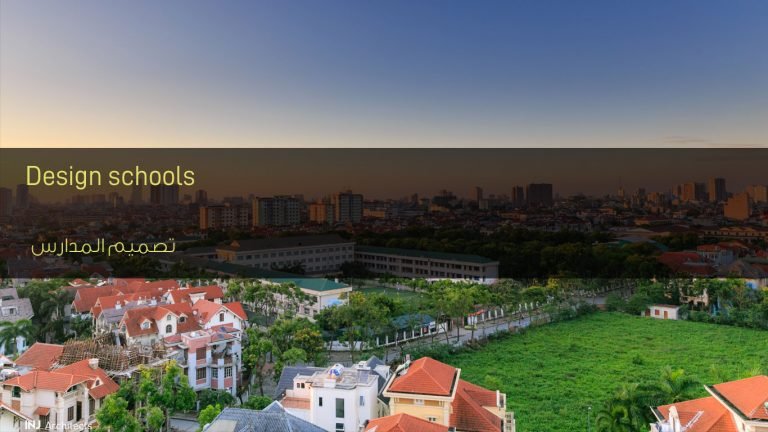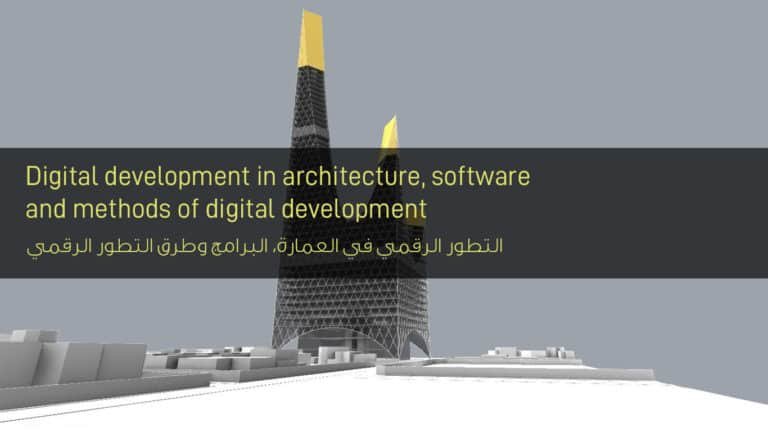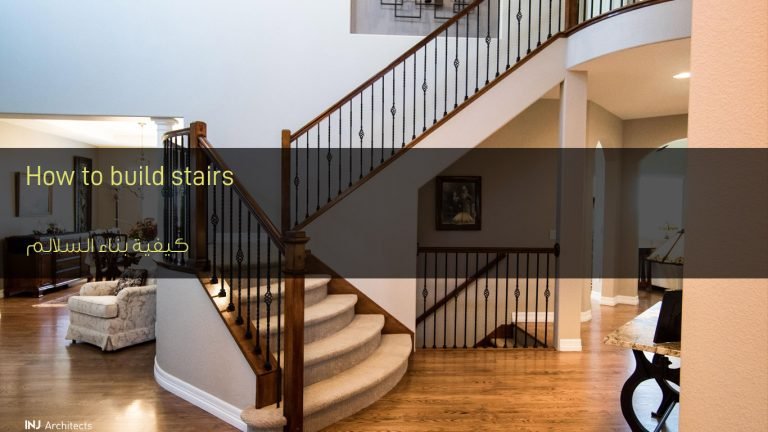The basics of designing tourist resorts
The basics of designing tourist resorts
Tourist resorts have a brilliant role to cover the investment needs, which achieve a remarkable prosperity in the economy, in addition to the recreational services that these resorts perform for citizens and tourists alike, and governments seek to make these places open for everyone to visit at any time and any spot in the vicinity of the main cities, To reach the population easily. Let us know about this topic on The basics of designing tourist resorts.
However, the resort must fulfill special conditions by giving the resort a distinctive architectural character or creating a strong image to always remain in the tourist’s memory, however, the hand of the architect creates the harmony of the installations with the natural components of the site in which the tourism product is located so that it becomes a component of nature. In this way, it is possible to achieve economic and social goals and reach the scheme in order to be integrated.
Each resort in a specific region represents innovative architectural and planning features, and there are several important and basic factors that affect the design and planning of most tourist resorts, the most important of which are:
(1) Extreme calm in the specified location
(2) Away from the hustle and bustle of daily life, such as working buildings, markets and public squares.
(3) Providing a service area for businessmen and officials for telecommunications to fulfill all their requirements
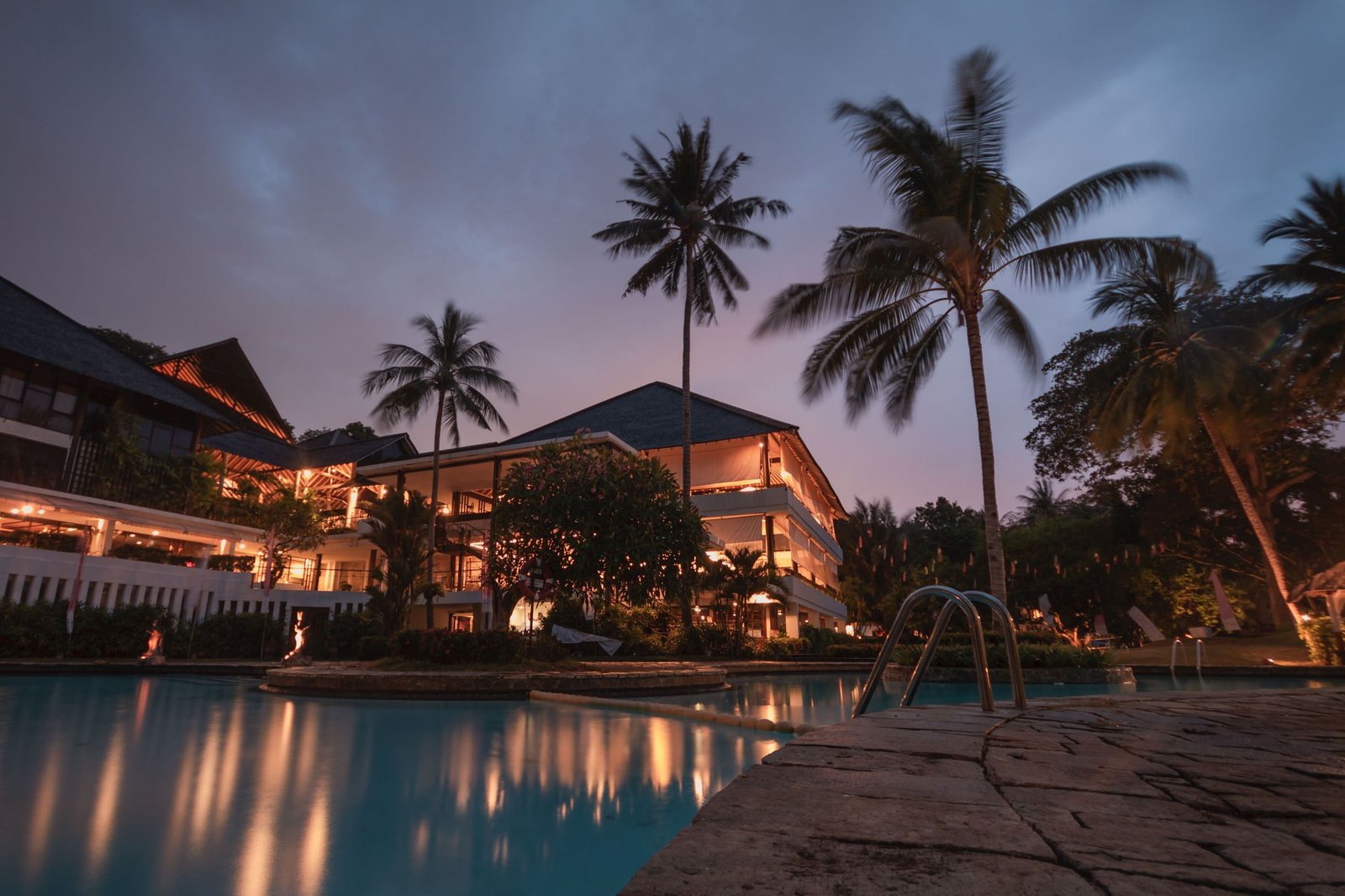
The initial design principles for the work of tourist resorts:
(1) Make the most of the site and its geography.
(2) Make a plan for the future development of the resort.
(3) Optimizing the available natural resources.
(4) Conceive of services available through the site and climate.
(5) Providing opportunities to connect with local people and introduce different cultures.
It is noted that there are no fixed rules suitable for the design of tourist resorts, but rather require individual planning, but there are models that clarify some of the foundations that may be used in the work of tourist resort designs:
Nature contact:
The connection may be visible as a beautiful panoramic view from the balcony, or materially, as it gives the opportunity for the tourist to touch the surrounding natural elements such as trees, flowers and rocks, and sometimes the two elements gather together. It is noted that the physical contact cannot happen if we use the types of tall buildings and therefore architectural solutions with heights The small ones achieve more flexibility in general planning and are closer to the natural elements (lakes-trees-rivers).
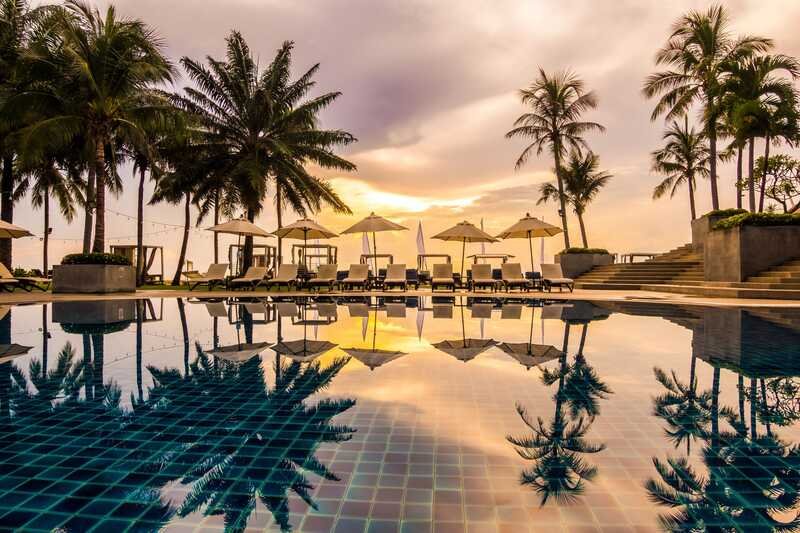
Choose a location:
It is considered one of the most important factors that interfere with the success or failure of the resort, and there are general conditions that are required in any location, namely:
Ease of access.
The area of the site is proportional to the number of buildings and the expected audience.
The nature and diversity of the Earth’s potential for diversification in formation while avoiding elements that are difficult to control.
The nature of the surrounding area, whether it is green spaces or buildings, their shapes and the views that can be seen
Study of job relations:
The design of the resort is a distribution of multiple elements on the chosen site that achieves sound and appropriate functional relationships with different functions, including:
(Car parking spaces, entrances and exits, green areas, water bodies, permanent buildings and internal transportation from footpaths to service corridors and gathering spaces …)
In order to reach these relationships to the most appropriate solution, first the possibilities available at the site should be studied, whether in terms of topography or visual or the presence of natural advantages and archaeological areas that are used for the interest of design, and secondly, trying to fit them with the required program in the most appropriate possible location.
Traffic study:
The network of internal corridors and transportation is affected by the topography of the site and the status of the various elements that link them, and it must meet several basic conditions, the most important of which are:
Ease of access to anywhere on the site, with safety.
The general organization of the network is easy. The network is divided into:
(A) Pedestrian paths. (B) internal transportation.
Study the visual relationships between buildings and spaces:
The success of the site design from the visual side by achieving the comfort of the visual and psychological scenes, by satisfying the multiple needs and needs of the different psyche of the individuals as much as possible.
Site Furniture:
Site furniture is an essential supplement to the visual study, and includes plants, fountains, lighting poles, artistic elements, etc.
Fountains and water features give a refreshing and delicate feeling that balances with the dryness and intensity of buildings, and provides poetic places for pioneers.
Attention must be paid to designing the shape of the fountains, and their size fits with the general scale of the surrounding scene, so that they give a single, coherent expression that helps to link the site visually.
As for lighting poles, they should not appear abnormal during the day, thus distorting the general scene, and this is to hide them by raising them above the plane of view or to simplify their shape as possible and repeat them without changing until the beholder gets used to them and does not pay attention to them as an element that is already in the design.
Other elements are not less important than the previous ones:
Artistic elements such as sculptures, sculptures, and formations are a center of space, as they connect different voids and interfere with the passages of passages in directing and clarifying traffic within the site, as well as the levels that link different levels, information and selling booths, and billboards, and interest in their design leads to the visual coherence and coherence of the site.
Color in tourist resorts and hotels:
Colors affect the soul, causing different feelings that can give us joy and happiness or sadness and depression.
For example, to improve the appearance of a long and narrow hall, we can paint its facing wall in a darker color from the walls of the sides, according to the required effect.
For example, orange has a stimulating effect on digestion. Therefore, it is used in the colors of dining halls, and that during food, white light should be used not only to achieve a more pure medium, but to give food items their natural appearance.
Finally, for bedrooms, it is preferable to design the room decor using hot colors, such as beige, pink, chamois or light pink red, with the use of regular electrical units. Cool cool colors such as light blue can also be used with fluorescent bulbs to achieve a favorable and acceptable medium.
Read also: Field Design

Lighting of resort buildings
Light sources are divided into:
(1) Natural lighting.
(2) Industrial lighting.
Natural lighting:
The sun comes from the sun and depends on the weather condition. If the sky is clear without clouds, the facades are strongly illuminated, so the facades take their permanent, dynamic and dynamic expression, depending on the movement of the sun’s disk in its orbit. Therefore, the architect must study the movement of the sun carefully on the facades, and the different angles of its fall according to the different orientation of the buildings with respect to the original destinations It shows the angles of the sun falling on the building.
Industrial lighting:
It may come from a regular lighting unit or a fluorescent lighting unit, the problems the architect must solve here are different from those imposed by natural lighting. The industrial lighting of the internal rooms has been able to improve it and diversify its effect in order to converge with the natural lighting in its properties. Electricity has given sufficient solutions, whether with a single lighting unit or distributed units in a way that achieves the interior part of an integrated lighting, so that the person can practice his activity easily.
We introduced to you the theme (The Basics of Designing Tourist Resorts) Follow us on Twitter to stay informed of all that is new in the world of architecture

